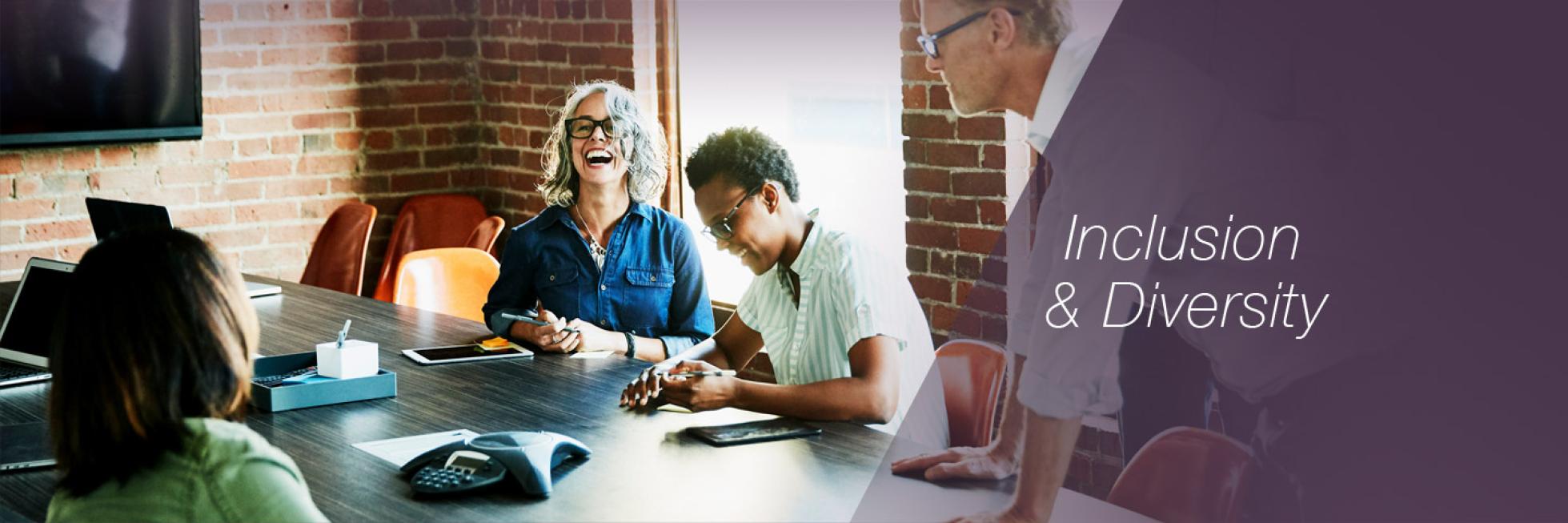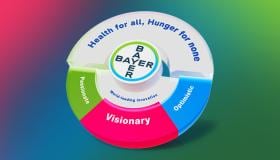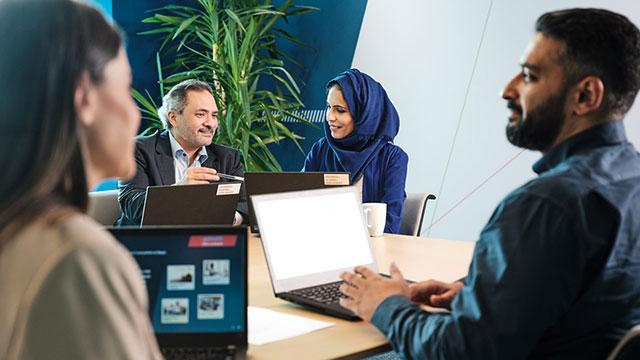Inclusive Language and Content

Bayer is committed to building and sustaining a culture of diversity, equity and inclusion. As a life science company, we are committed to improving and empowering people’s lives. And as marketing and communications professionals, in our work across all media, we celebrate the differences that make us stronger and help us grow.
The language we use in internal and external communications, the content we produce, and the everyday interactions we have with others inside and outside of the company, can impart our spirit of diversity, equity and inclusion. This is part of our continuous evolution as a company, and something we embody through our people, partnerships, culture, and brand.
Therefore, we integrate access, diversity, equity and inclusion into our communications, supported by internal and external actions to ensure the efforts are authentic, sustainable and helpful, in line with our brand's personality and overarching vision (Health for all, Hunger for none).
Our commitment to DE&I
Diversity – Our unique identities
The similarities and differences we each have based on innate individual characteristics, lived experiences, and learned customs, traditions, and other cultural influences.
Equity – Fairness and justice
Eliminating barriers so that people are treated based on their unique needs, circumstances and with consideration of any historical and systemic inequities. It ensures everyone has access to the same opportunities, and requires consistent enhancement and re-evaluation of policies, practices, attitudes, and cultural messages to create and reinforce fair outcomes.
Inclusion – All feel valued and welcomed
Intentional and continuous efforts to create an accessible environment where people feel they belong and are enabled to be the best version of themselves, because their uniqueness is valued, talent recognized, and voices heard.
Inclusive language is a step in the right direction
By implementing inclusive language, we represent all the people and cultures we serve as an international company, fully recognize the Bayer community worldwide, and harness the innovation and lived experience of all its participants. This helps create a culture of belonging and encouragement, and reinforces fairness and consideration from an equity perspective. And we see the results in greater scope for recruitment, improved employee engagement and retention, and more fruitful customer interactions.
Ultimately, we believe that diversity, equity and inclusion generate incredible value for our business and shareholders thanks to the myriad of ideas, perspectives and experiences that emerge across Bayer to enable better business decisions.
How do I communicate inclusively?
Whatever form of content you are looking to produce, this is a good place to start. It is primarily a language guide, but it has expanded to include a wider consideration of writing, content and design for different purposes and formats – from full campaigns to everyday conversations. This is part of our mission to constantly improve and embrace a universal definition of inclusivity, equity and fairness!
The subpages here provide recommendations and ideas on how to ensure that our language is inclusive of groups and identities including:
Cultural Background and Education
We have added some practical examples to cover any concerns as well as outlining ways to use inclusive language when addressing people, writing texts, creating multimedia content, and devising campaigns.
To get you started, below we have included some overall principles that can help us act on our diversity, equity and inclusion commitments below.
Keep in mind that inclusive language should always be paired with inclusive actions. Inclusivity isn’t about making us look good, it’s what we stand for. We strive to achieve a positive impact in a holistic way, and to create an environment that is not just inclusive, but equitable and diverse too, with barriers removed so people of all backgrounds and characteristics can feel valued and enjoy a full set of opportunities.
Inclusive content: Helpful principles
- Do no harm: Examine your communications to identify ways they may harm or benefit inclusive, equitable representative discourse. For example: who are we missing or excluding? Are we echoing harmful stereotypes? Would I want myself or someone I love to be portrayed this way? This is explored further in the subpages.
- Make it accessible: Everyone in your audience should be able to read and understand your communications easily. This means using plain language in general, but also checking for specific cultural phrases, figures of speech, or technical references that may only make sense to some readers. You can also undertake a wider consideration of accessibility beyond language, such as: Does the design allow everyone to find and use information easily? Do images have alt text and videos captions?
- Put people first: Treat people as a whole, rather than focusing on a single characteristic to the exclusion of all else. As such, personal identifiers such as gender, sexual orientation, religion, race or ability should only be included when it’s relevant to the discussion. “People-first language” is also standard unless the subject prefers otherwise. In general, ask yourself if the relevant people’s voices and perspectives are represented, or just your own.
- When in doubt, pause and reflect: Inclusive language is nuanced and can be used to reflect personal style and preference. When possible, ask someone how they would like to be identified. Reach out to knowledgeable peers or expert resources with questions. Take time to review, asking the necessary questions to evaluate whether our content lives up to our DE&I standard.
If you have any further questions about this or any other section of Bayer ldentity Net, please contact:












